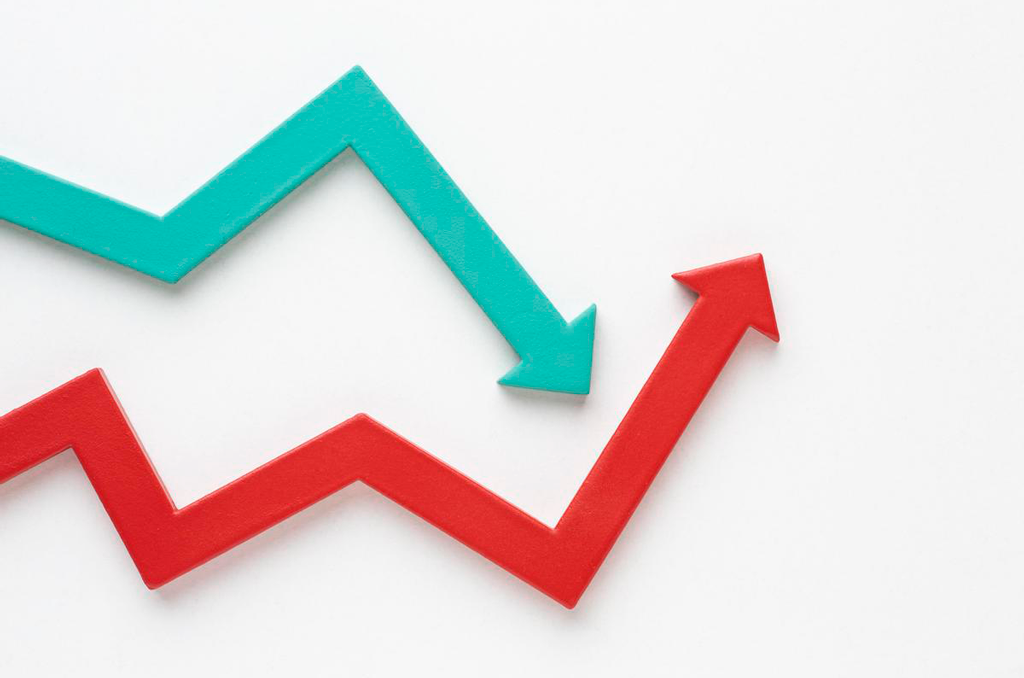
Clarifying Misconceptions on SNAP Expenditures and the Forthcoming Farm Bill
- foodfightadmin
- February 25, 2023
- Farm Bill 2023, Federal, SNAP
- adlps, ads pages
- 0 Comments
The Congressional Budget Office (CBO) recently released new projections for the Supplemental Nutrition Assistance Program (SNAP), also known as food stamps, over the next decade. According to CBO, SNAP spending is expected to decrease this year as temporary COVID-19 relief measures expire, and then remain relatively flat over the next ten years, even without adjusting for inflation. Some policymakers have raised concerns about these estimates.
SNAP is a robust social safety net on the frontline in the fight against hunger in the US and should be strengthened rather than cut. It is available to low income households and helps over 40 million children, older adults, working adults, parents, people with disabilities, and others every month. The average SNAP benefit is modest, amounting to only about $6.10 per person per day, accounting for recent revisions to the Thrifty Food Plan. Research has shown that SNAP benefits are linked to improved health, education, and economic outcomes, as well as lower medical costs.
Claims that SNAP‘s share of farm bill spending diverts from agricultural programs or other priorities are unfounded. While SNAP‘s share of projected farm bill spending has increased since 2018, projections for farm program spending depend on factors such as commodity prices, program rules, and funding levels set in law. Forecasts for SNAP spending have no impact on the budget for farm program spending.
The Department of Agriculture (USDA) revised the Thrifty Food Plan (TFP) based on a directive from the 2018 farm bill. The revised TFP raised SNAP benefit levels to align them with the cost of a healthy diet, marking the first increase in real terms in over 40 years. This increase is estimated to lift millions of people, including over a million children, above the poverty line. SNAP benefits also adjust automatically for inflation each year to prevent erosion in their value.
CBO‘s forecast indicates that SNAP spending will decrease in fiscal year 2023 and remain flat over the next decade. The end of temporary pandemic spending and revision to the Thrifty Food Plan contribute to the expected decrease in fiscal year 2023. Even with higher food prices, SNAP spending is projected to remain relatively stable in nominal terms over the next decade. Comparisons to the gross domestic product (GDP) show that SNAP is projected to grow slower than the economy, with its share returning to pre-pandemic levels as a percentage of GDP by the end of the next decade.
Overall, the CBO‘s projections for SNAP spending do not support claims that the program should be cut or that it diverts funding from other priorities. SNAP is an essential program that helps combat hunger, promotes positive outcomes for recipients and supports farmers and rural communities. The expected stability in SNAP spending over the next decade aligns with the program’s purpose and does not contribute to long-term budget growth.








